Home>Others>Specialized Home Improvement Topics>How To Remove Paint From Car Windows
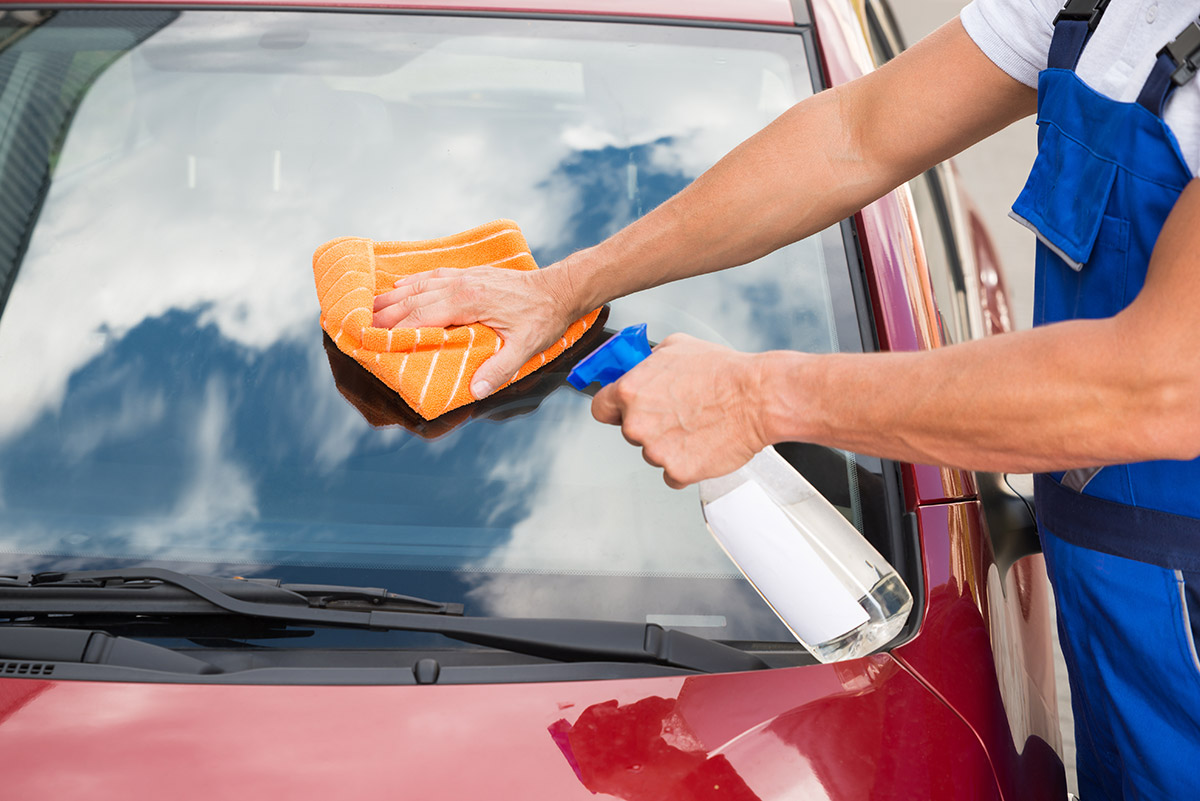

Specialized Home Improvement Topics
How To Remove Paint From Car Windows
Published: January 9, 2024
Learn effective methods for removing paint from car windows with our specialized home improvement tips. Keep your car looking pristine with our expert advice.
(Many of the links in this article redirect to a specific reviewed product. Your purchase of these products through affiliate links helps to generate commission for Storables.com, at no extra cost. Learn more)
Introduction
Removing paint from car windows can be a daunting task, but with the right techniques and materials, it can be accomplished effectively. Whether the paint is accidental overspray, residue from a paint job, or vandalism, it's crucial to address the issue promptly to prevent any potential damage to the glass. In this comprehensive guide, we will explore various methods for safely and efficiently removing paint from car windows. By following these step-by-step instructions, you can restore the clarity and aesthetics of your car's windows without causing any damage. Let's delve into the materials needed and the step-by-step procedures for each method, ensuring that your car windows will be paint-free in no time.
Key Takeaways:
- Safely remove paint from car windows using methods like razor blade scraping, rubbing alcohol, vinegar, or commercial paint remover. Prioritize safety, gentle techniques, and thorough cleaning for optimal results.
- Gather essential materials like a razor blade scraper, rubbing alcohol, vinegar, and protective gear before removing paint from car windows. Follow step-by-step instructions and precautions for safe and effective paint removal.
Read more: How To Remove Window Tint From Car Windows
Materials Needed
Before embarking on the paint removal process, it’s essential to gather the necessary materials. The following items will be instrumental in effectively removing paint from car windows:
- Razor blade scraper
- Isopropyl rubbing alcohol
- White vinegar
- Commercial paint remover specifically designed for automotive use
- Clean, soft cloths
- Protective gloves
- Protective eyewear
- Mask for respiratory protection
- Water and mild detergent for cleaning
- Microfiber towels
- Plastic razor blade (optional for delicate surfaces)
These materials are crucial for ensuring a safe and effective paint removal process, and they will help protect both the windows and the individual performing the task. Now that we have the necessary materials at our disposal, let’s explore the step-by-step methods for removing paint from car windows.
Method 1: Using a Razor Blade
Using a razor blade scraper is a popular and effective method for removing paint from car windows. However, it’s important to exercise caution and follow the proper technique to avoid damaging the glass surface.
Begin by spraying the painted area with water or a mild detergent solution to lubricate the surface. This will help prevent scratching the glass while using the razor blade. Next, carefully hold the razor blade at a shallow angle to the glass and gently scrape the paint in a single direction. It’s crucial to maintain a light touch and avoid applying excessive pressure to prevent scratches.
After removing the paint, thoroughly clean the area with a clean, soft cloth to eliminate any remaining residue. It’s essential to inspect the window for any scratches or marks and, if necessary, use a glass cleaner to restore its clarity.
For delicate surfaces or if there is a concern about scratching the glass, a plastic razor blade can be used as a safer alternative. This method can be particularly effective for removing dried or stubborn paint from car windows, providing a clear and unobstructed view.
By employing this method with precision and care, you can effectively remove paint from car windows using a razor blade scraper, restoring the glass to its original condition.
Method 2: Using Rubbing Alcohol
Another effective method for removing paint from car windows involves the use of isopropyl rubbing alcohol. This method is particularly suitable for addressing fresh paint stains or overspray, providing a straightforward and efficient solution.
Begin by saturating a clean, soft cloth with rubbing alcohol and gently dabbing the painted area. Allow the rubbing alcohol to penetrate the paint for a few minutes, effectively loosening its bond with the glass surface. As the paint begins to soften, carefully wipe the area with the cloth, applying gentle pressure to lift the paint from the window.
If the paint remains stubborn, repeat the process, ensuring that the rubbing alcohol has sufficient time to dissolve the paint. Once the majority of the paint has been removed, use a separate clean cloth to wipe the window and eliminate any remaining residue and alcohol. It’s crucial to inspect the window for any residual paint and reapply the rubbing alcohol as needed until the surface is completely clean.
After successfully removing the paint, clean the window with a glass cleaner to restore its transparency and shine. This method offers a convenient and efficient approach for addressing fresh paint stains, allowing you to restore the pristine condition of your car’s windows with minimal effort.
Using isopropyl rubbing alcohol to remove paint from car windows provides a simple yet effective solution, ensuring that your car’s windows remain free from unsightly paint blemishes.
Use a razor blade or a specialized paint removal product to carefully scrape off the paint from the car windows. Be gentle to avoid scratching the glass.
Method 3: Using Vinegar
Utilizing white vinegar is an eco-friendly and cost-effective method for removing paint from car windows. The mild acidity of vinegar makes it an excellent option for breaking down and loosening paint, providing an efficient and gentle approach to paint removal.
To begin, create a solution of equal parts white vinegar and water in a spray bottle. Thoroughly saturate the painted area with the vinegar solution, allowing it to penetrate the paint for several minutes. The acidity of the vinegar will work to soften the paint, making it easier to remove from the glass surface.
After allowing the solution to sit, use a clean, soft cloth to gently scrub the painted area, applying light pressure to lift the softened paint. It’s important to be patient and persistent, as multiple applications may be necessary to fully remove the paint. As the paint begins to lift, continue to wipe the area with the cloth, ensuring that the vinegar solution effectively dissolves the paint.
Once the majority of the paint has been removed, thoroughly clean the window with a separate cloth and water to eliminate any remaining vinegar and paint residue. Finally, use a glass cleaner to polish the window, restoring its clarity and shine.
Using vinegar to remove paint from car windows offers a natural and non-toxic approach, ensuring that the windows are free from paint blemishes while minimizing environmental impact. This method provides an eco-friendly and effective solution for restoring the pristine condition of your car’s windows.
Read more: How To Remove Overspray From Car Windows
Method 4: Using Commercial Paint Remover
When faced with stubborn or dried-on paint on car windows, utilizing a commercial paint remover specifically designed for automotive use can provide an effective solution. These products are formulated to safely and efficiently remove paint from glass surfaces, offering a convenient option for addressing more challenging paint blemishes.
Before applying the commercial paint remover, it’s crucial to carefully read and follow the manufacturer’s instructions to ensure safe and proper usage. Begin by applying the paint remover to the affected area, allowing it to sit for the specified duration as indicated on the product label. The remover works to dissolve and lift the paint, making it easier to remove from the glass surface.
After the designated time has elapsed, use a clean, soft cloth to gently wipe the treated area, ensuring that the paint is effectively lifted from the window. It’s important to follow the recommended safety precautions, including the use of protective gloves and adequate ventilation, when working with commercial paint removers.
Once the paint has been removed, thoroughly clean the window with water and a mild detergent to eliminate any remaining residue from the paint remover. After cleaning, use a glass cleaner to polish the window, restoring its transparency and pristine condition.
Utilizing a commercial paint remover designed for automotive use offers a reliable and efficient method for removing stubborn paint from car windows, ensuring that the glass surfaces are restored to their original state. By following the manufacturer’s guidelines and exercising caution, you can effectively address challenging paint blemishes with ease.
Precautions
When undertaking the task of removing paint from car windows, it’s essential to prioritize safety and take necessary precautions to protect both the individual performing the task and the vehicle’s glass surfaces. The following precautions should be observed to ensure a safe and successful paint removal process:
- Protective Gear: Prior to initiating the paint removal process, it is imperative to wear protective gloves, eyewear, and a mask for respiratory protection. These measures safeguard against potential skin irritation, eye exposure, and inhalation of fumes from certain paint removal methods or products.
- Ventilation: Ensure adequate ventilation when using commercial paint removers or other chemical-based solutions to prevent the accumulation of fumes in enclosed spaces. Working in well-ventilated areas helps minimize exposure to potentially harmful vapors.
- Read Manufacturer’s Instructions: When using commercial paint removers, carefully read and adhere to the manufacturer’s instructions and safety guidelines. This includes understanding proper application methods, recommended protective measures, and any specific precautions related to the product.
- Test in a Small Area: Before applying any paint removal method or product to the entire affected area, it is advisable to conduct a small test in an inconspicuous spot on the window. This allows for assessment of the product’s compatibility with the glass and ensures that it does not cause damage or discoloration.
- Gentle Techniques: Whether using a razor blade, rubbing alcohol, vinegar, or a commercial paint remover, exercise caution and employ gentle techniques to prevent scratching or damaging the glass surface. Avoid using excessive force or abrasive materials that may compromise the integrity of the window.
- Thorough Cleaning: After removing the paint, thoroughly clean the window with water and a mild detergent to eliminate any residual paint, remover, or cleaning agent. This ensures that the glass is free from any remaining residue and is restored to a pristine condition.
By adhering to these precautions, individuals can effectively and safely remove paint from car windows while safeguarding their well-being and preserving the integrity of the vehicle’s glass surfaces. Prioritizing safety and employing proper techniques are paramount in achieving successful and satisfactory results.
Conclusion
Removing paint from car windows demands careful consideration of the appropriate methods and materials to ensure the restoration of clear, unobstructed views. Whether addressing accidental overspray, paint residue from a recent project, or the aftermath of vandalism, the step-by-step techniques outlined in this guide offer effective solutions for eliminating paint blemishes from car windows.
By utilizing a razor blade scraper, isopropyl rubbing alcohol, white vinegar, or a commercial paint remover, individuals can address varying degrees of paint adhesion while safeguarding the integrity of the glass surfaces. Each method presents unique benefits and considerations, catering to different types of paint stains and the level of aggressiveness required for removal.
Throughout the paint removal process, it is crucial to prioritize safety by wearing protective gear, ensuring adequate ventilation, and adhering to manufacturer’s instructions when using chemical-based solutions. Additionally, conducting a small test in an inconspicuous area and employing gentle techniques are essential for preserving the pristine condition of the car windows.
Upon successful paint removal, thorough cleaning and inspection of the windows are necessary to ensure that they are free from any residual paint, remover, or cleaning agent. This final step contributes to the restoration of the windows’ transparency and overall appearance.
By following the methods and precautions detailed in this guide, individuals can confidently address paint blemishes on car windows, ultimately restoring the clarity and aesthetics of their vehicles. With the right techniques and materials at their disposal, individuals can effectively remove paint from car windows, ensuring that their vehicles maintain a polished and unblemished exterior.
Armed with the knowledge and techniques outlined in this comprehensive guide, individuals can confidently tackle the task of removing paint from car windows, achieving optimal results and preserving the pristine condition of their vehicles.
Frequently Asked Questions about How To Remove Paint From Car Windows
Was this page helpful?
At Storables.com, we guarantee accurate and reliable information. Our content, validated by Expert Board Contributors, is crafted following stringent Editorial Policies. We're committed to providing you with well-researched, expert-backed insights for all your informational needs.

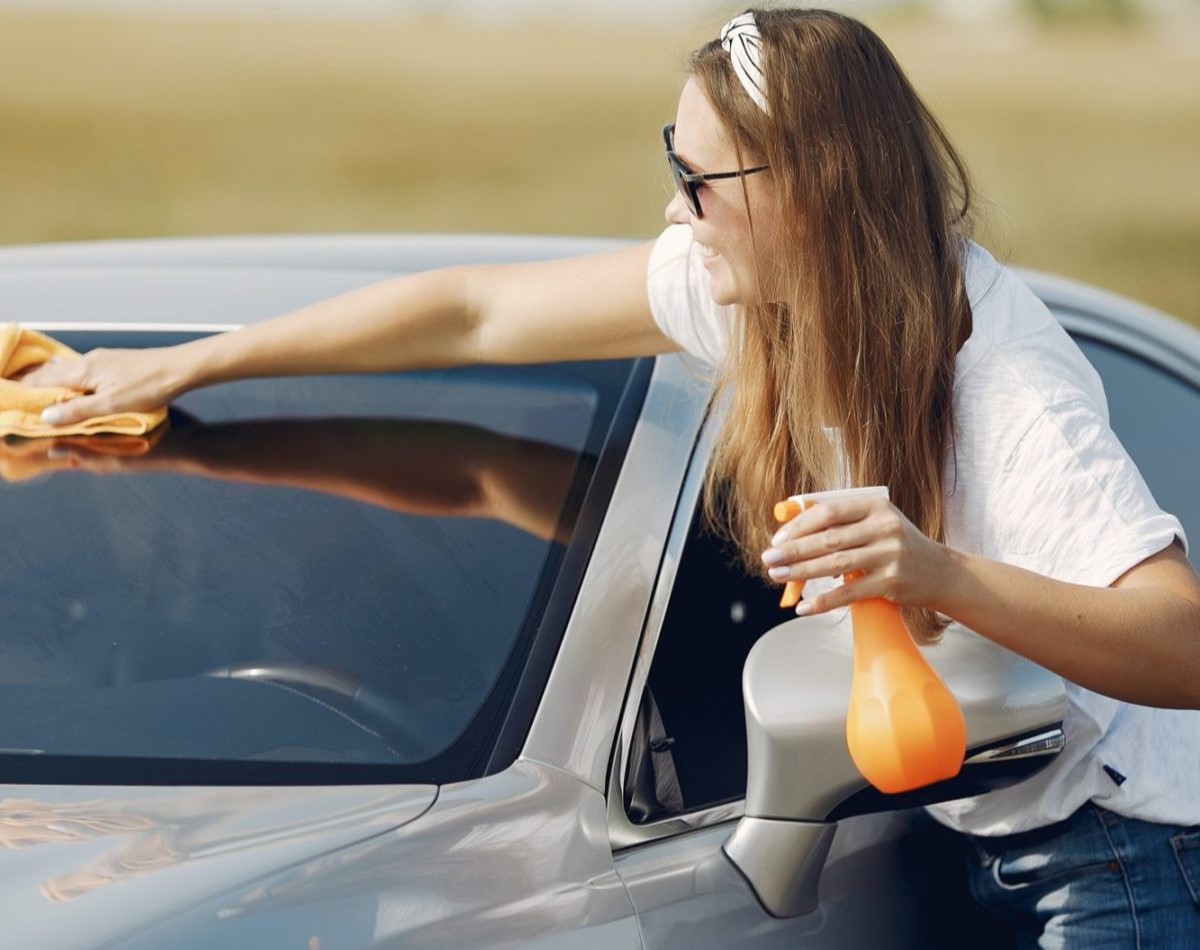
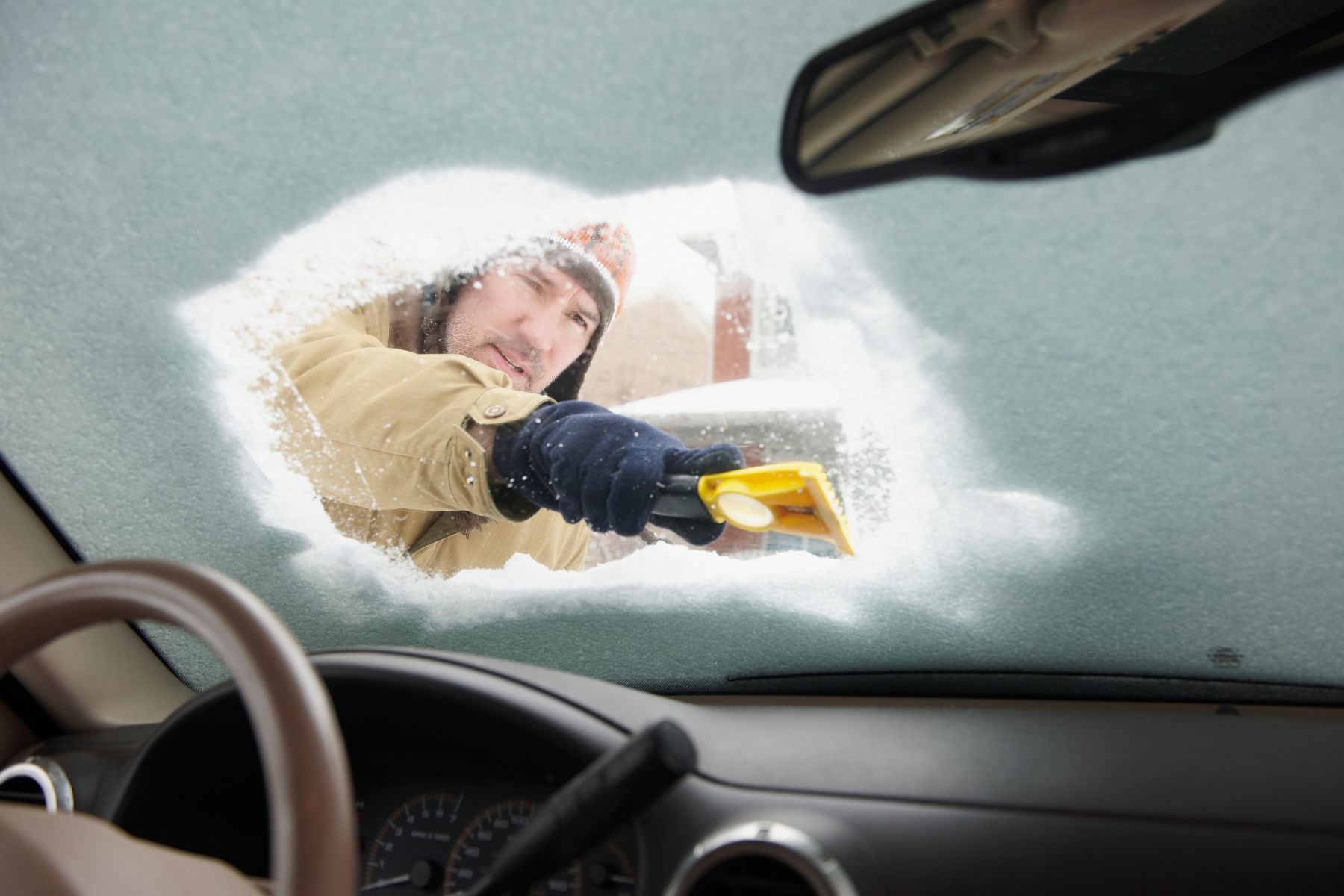
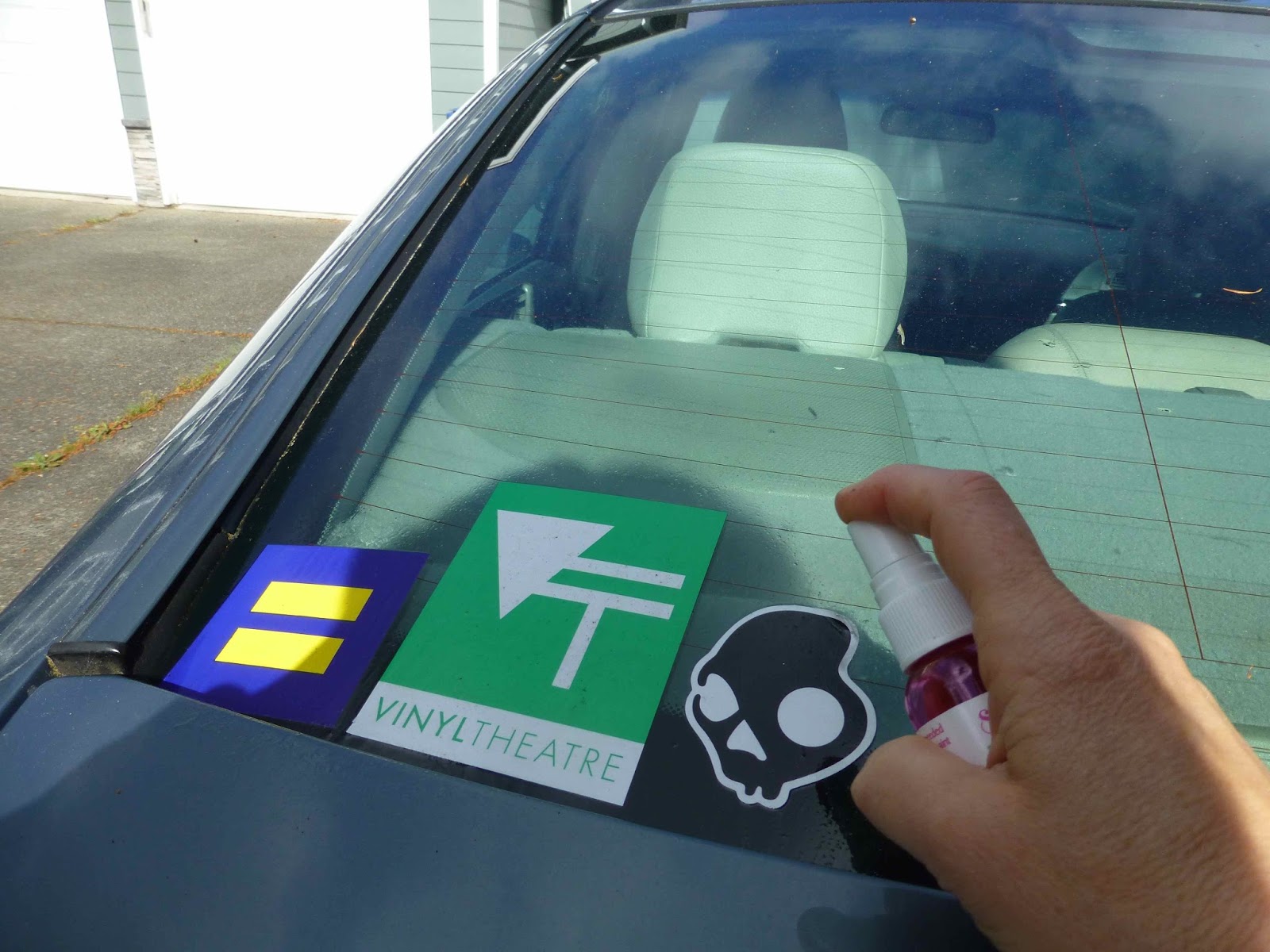
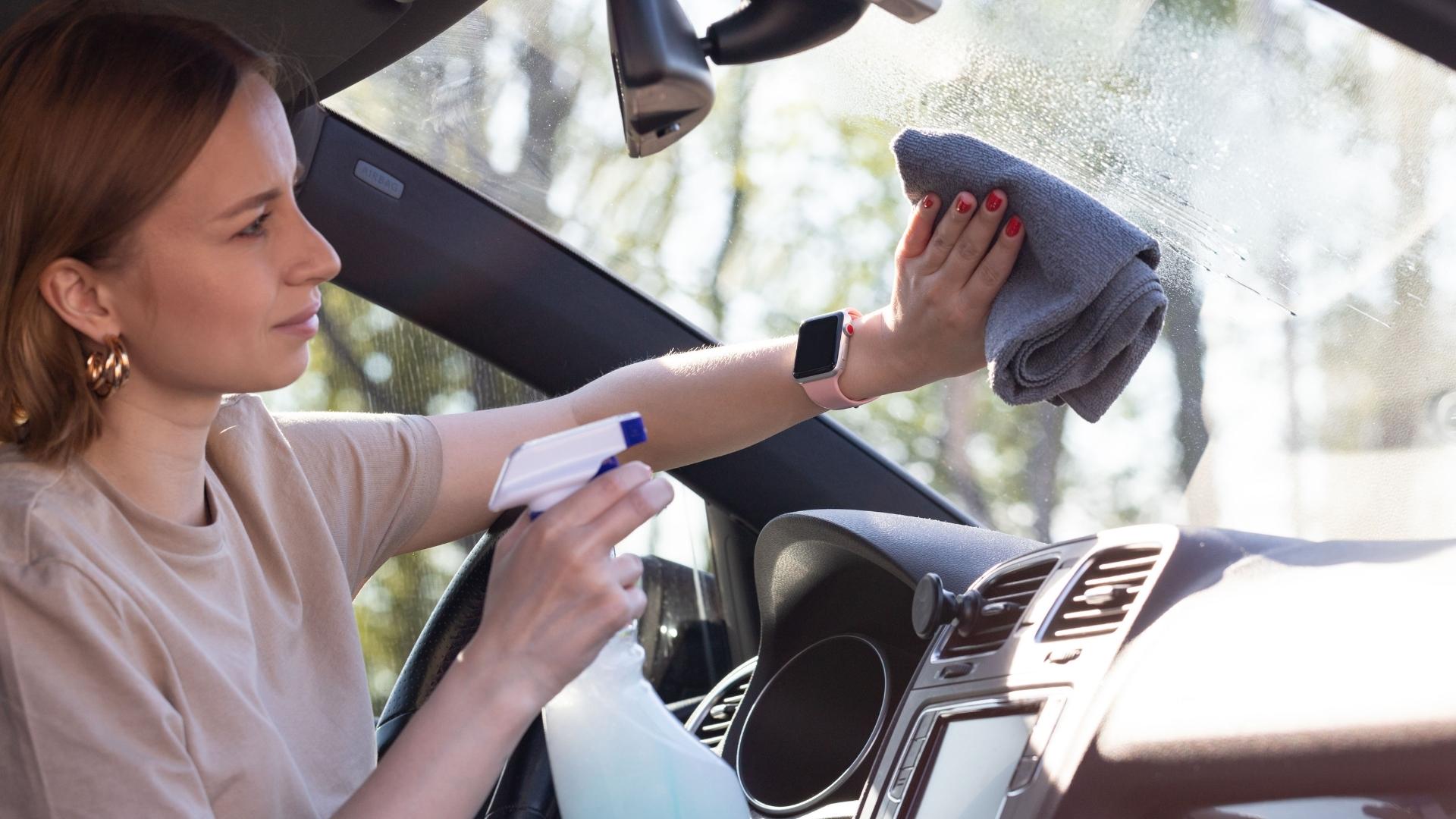
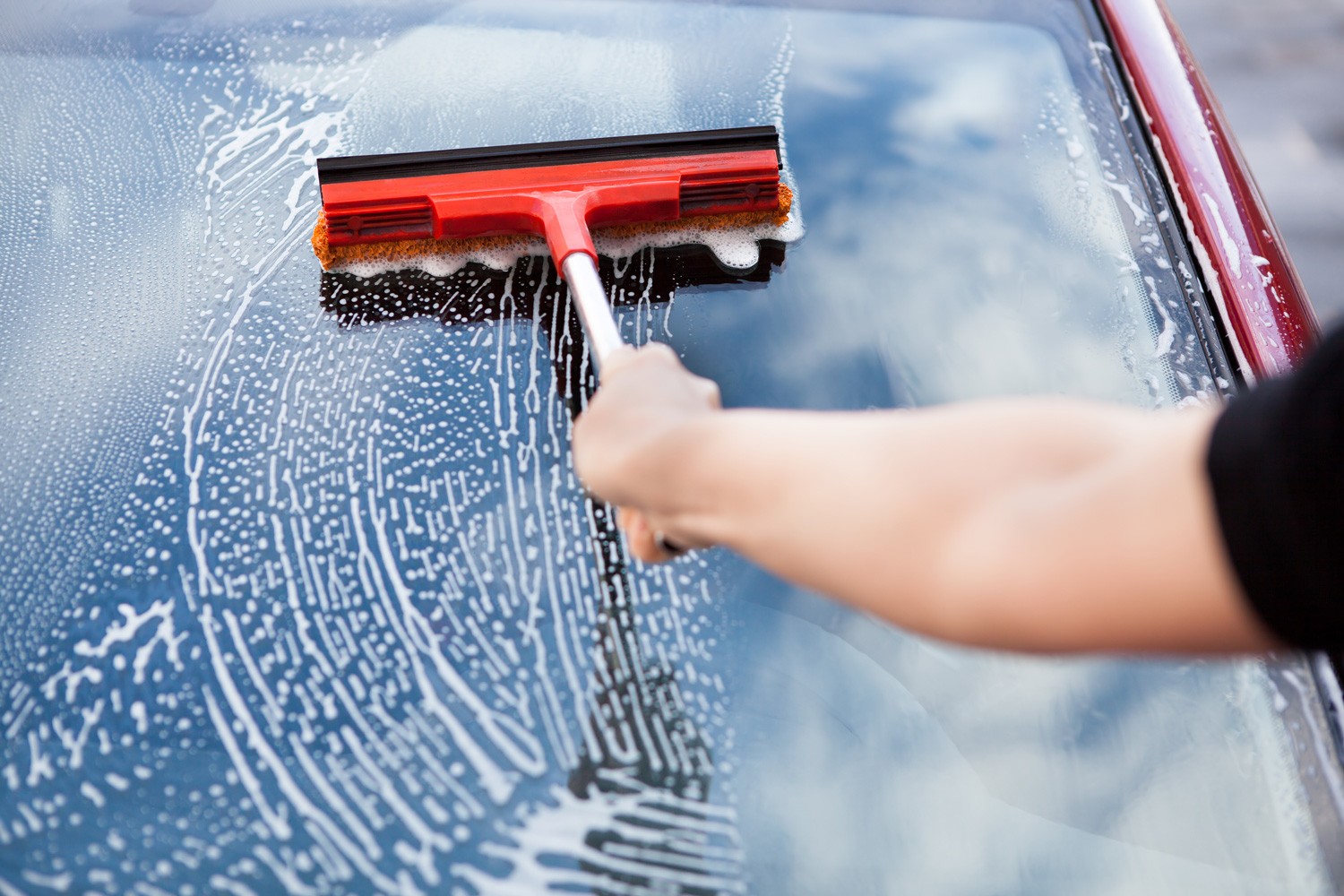
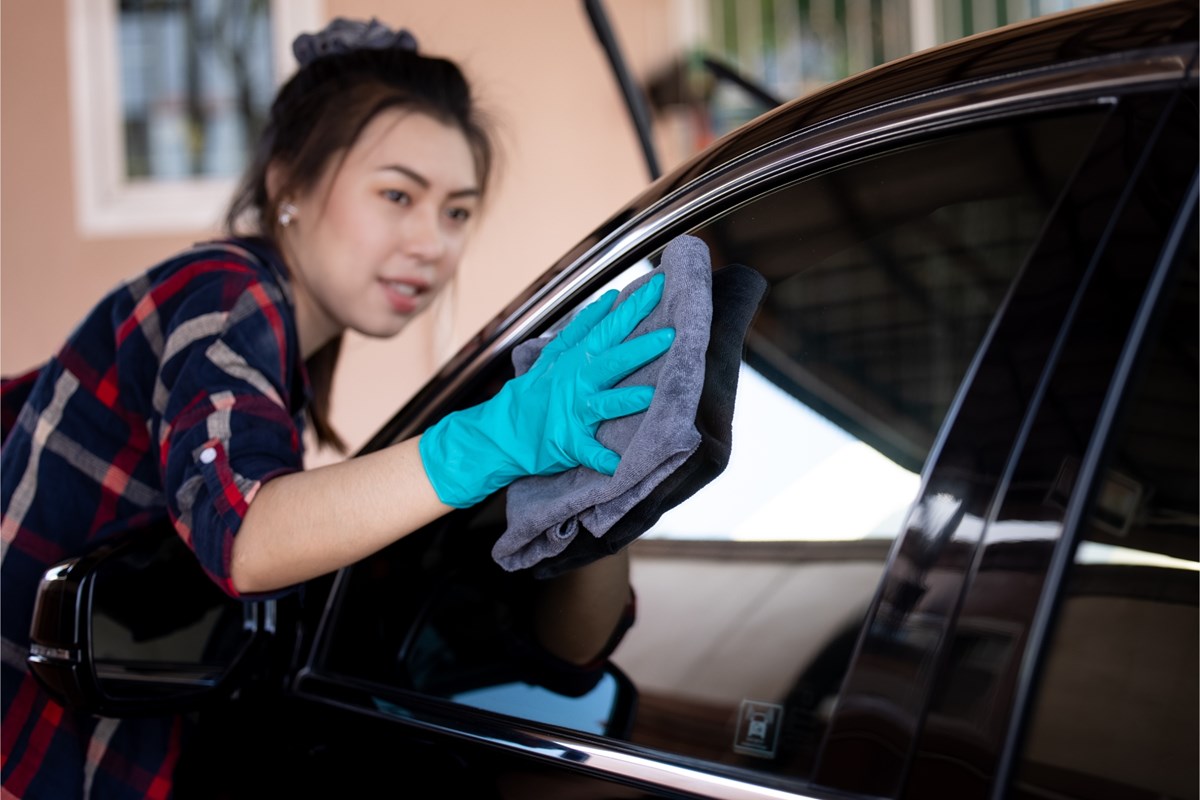
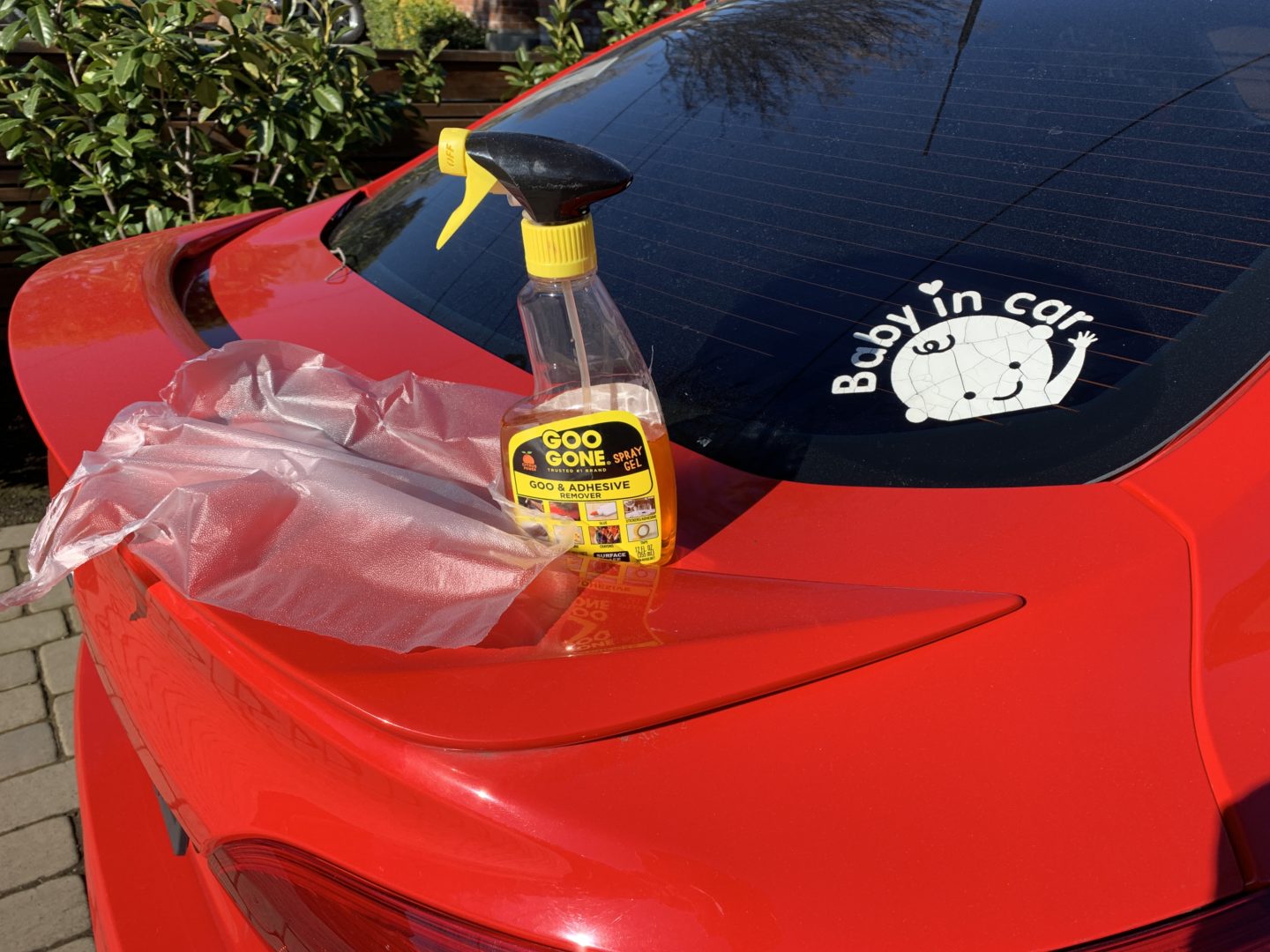
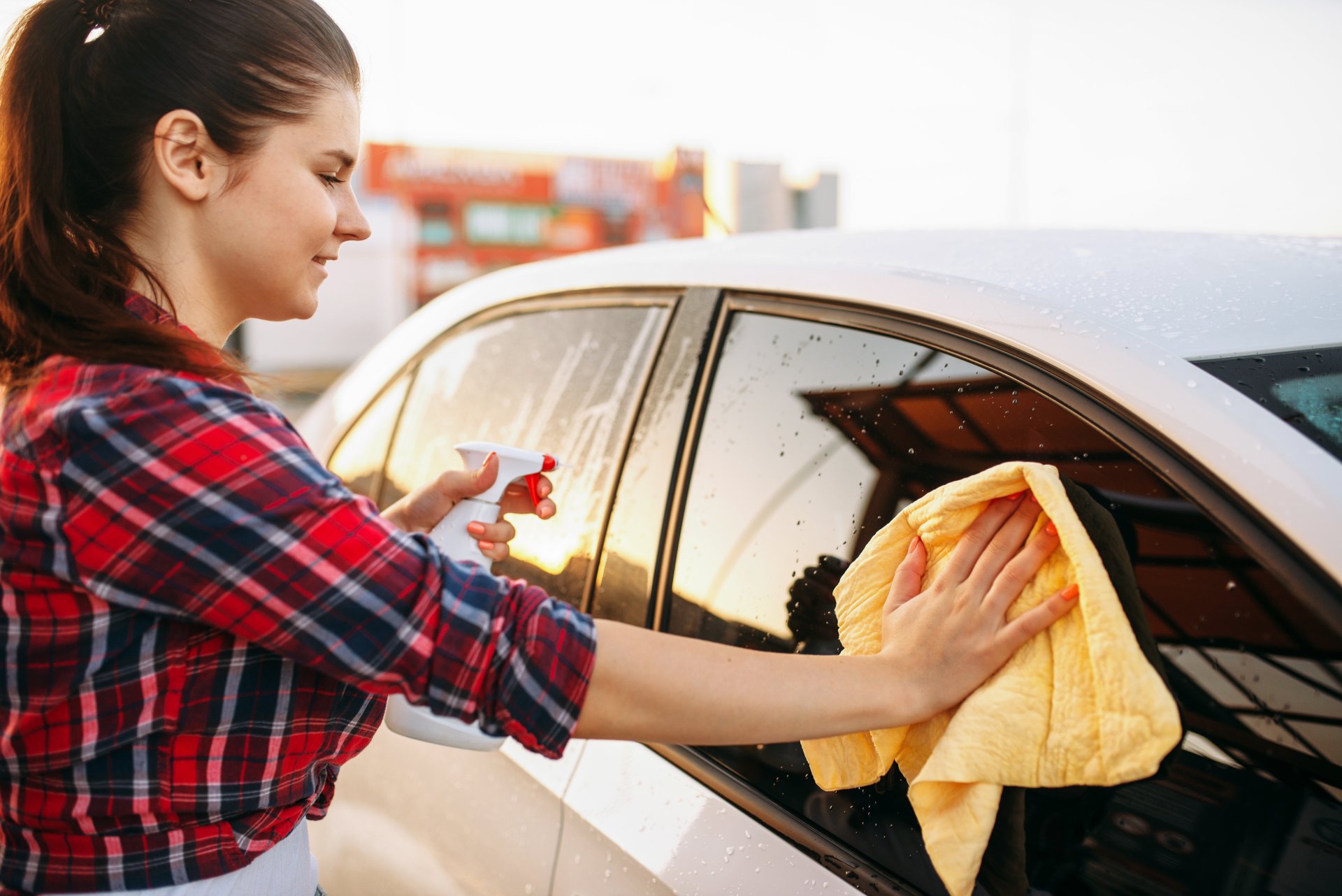
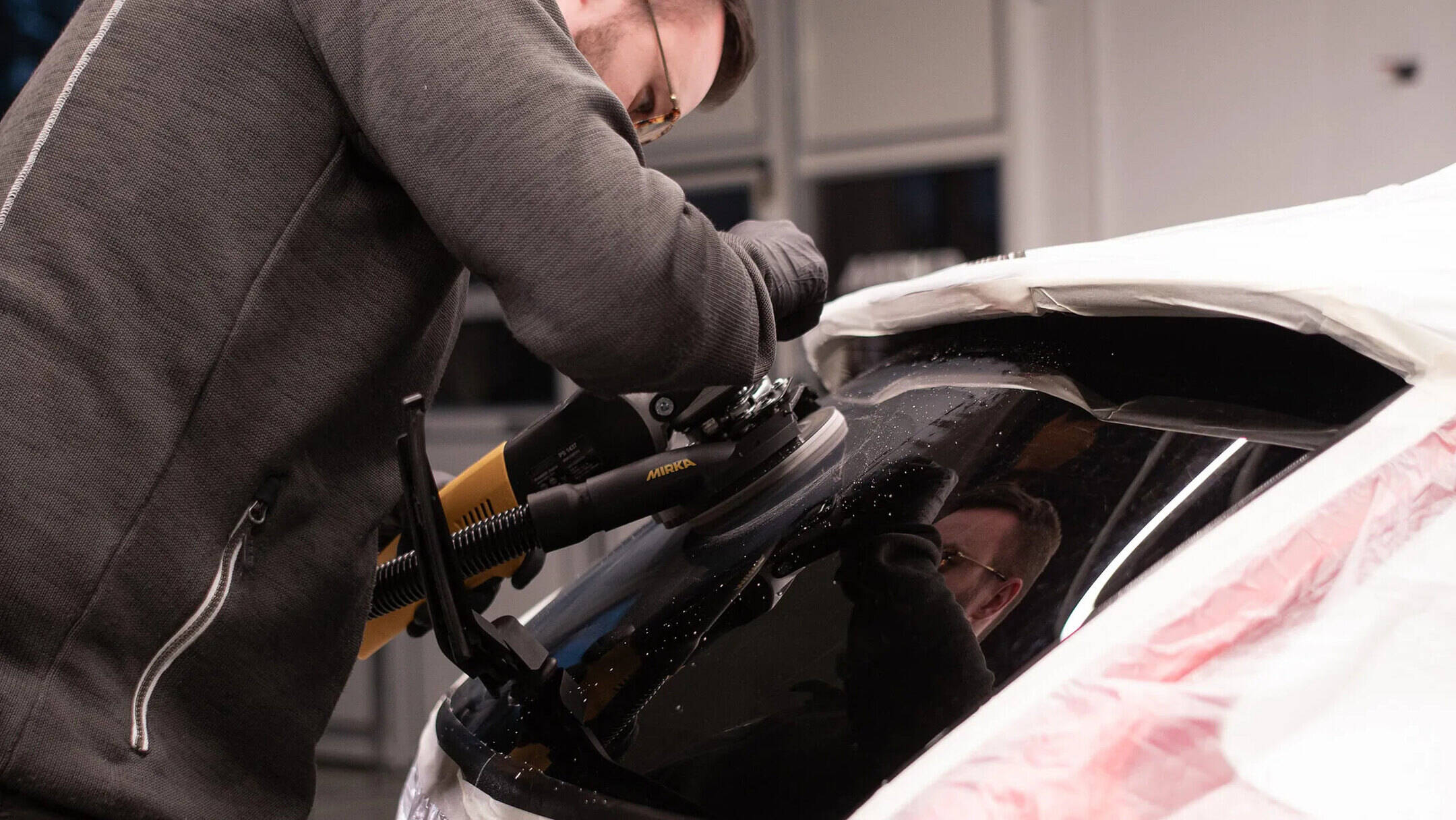
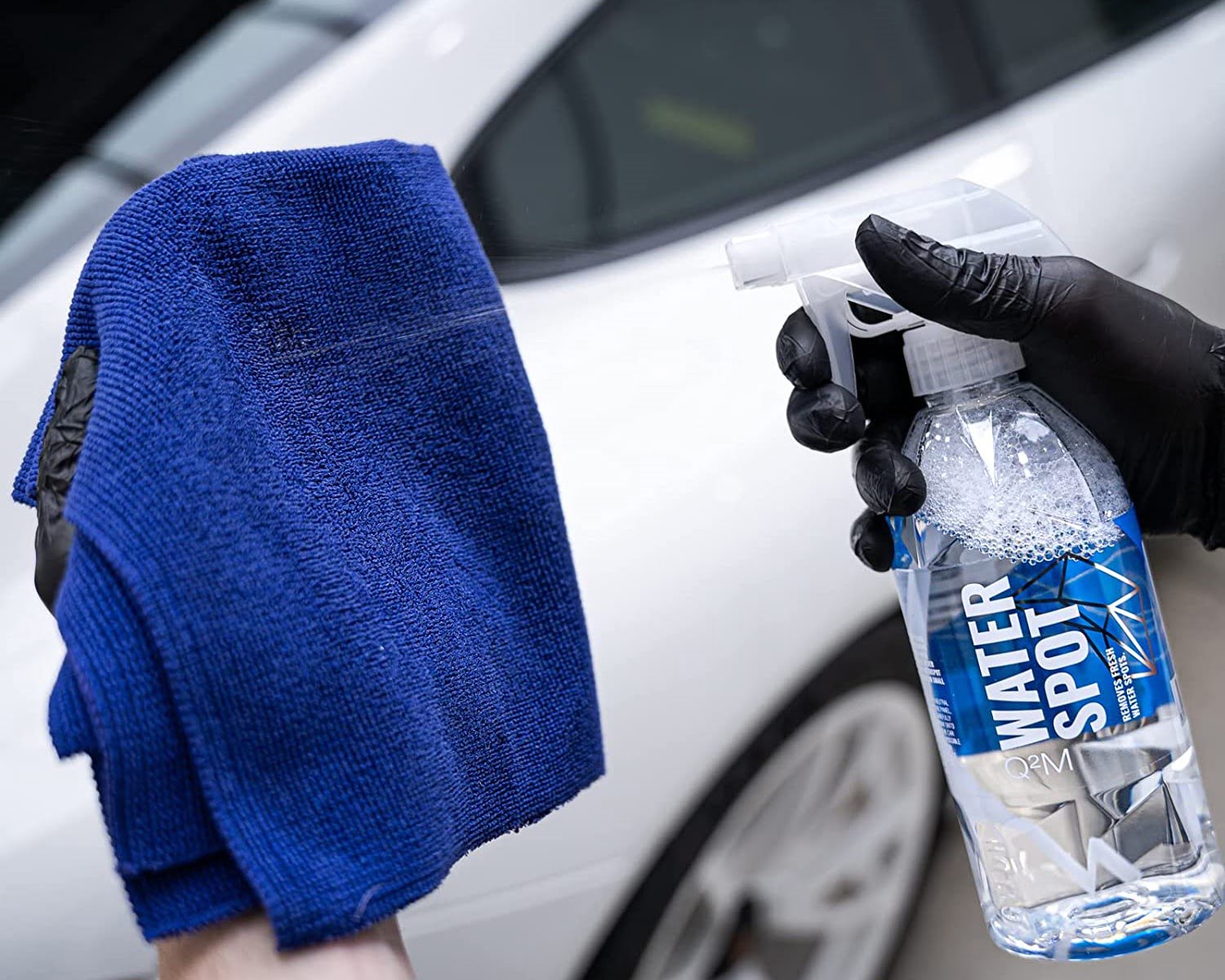
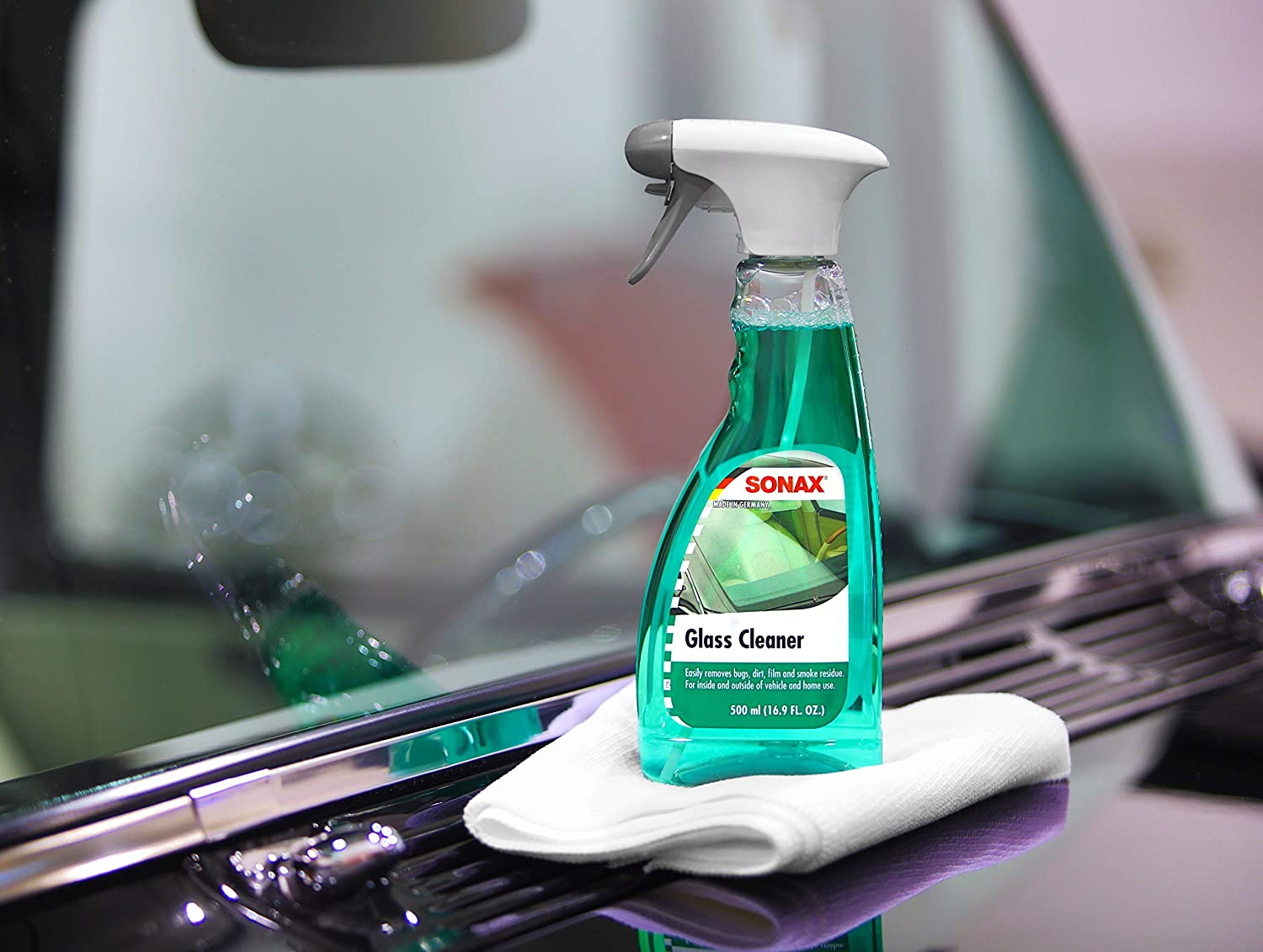
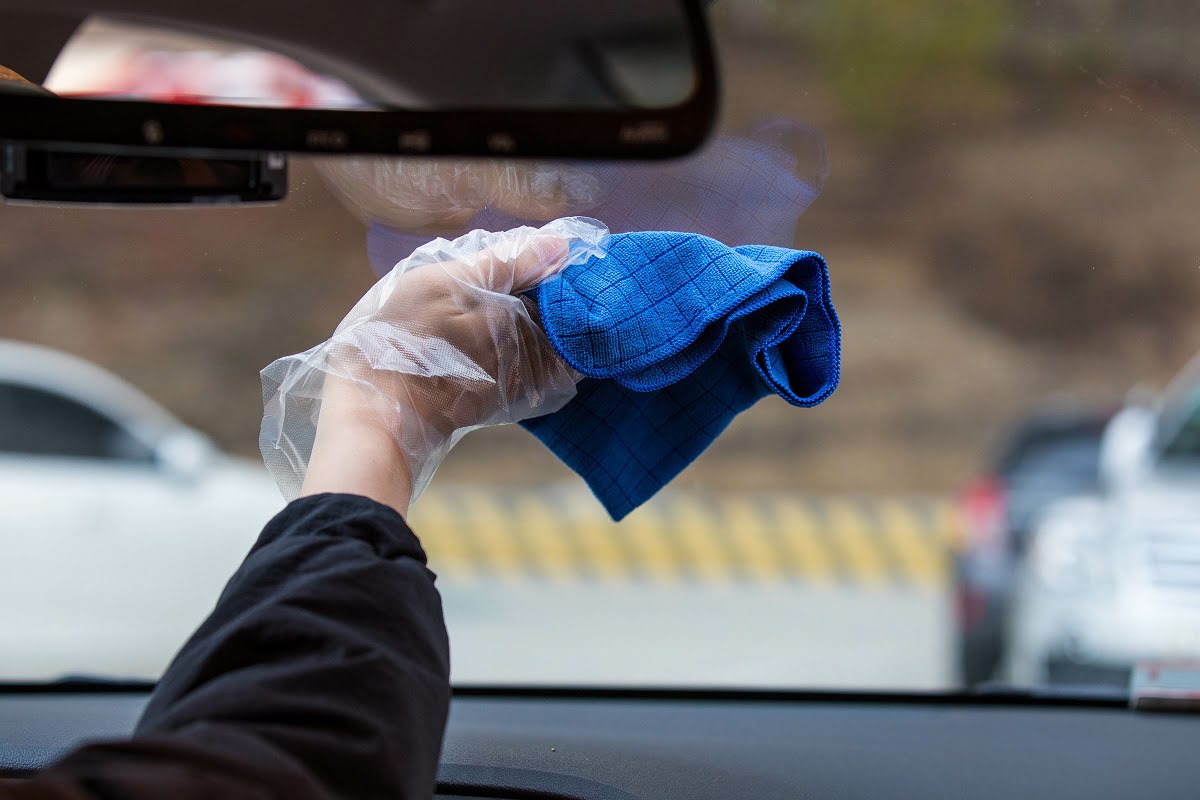
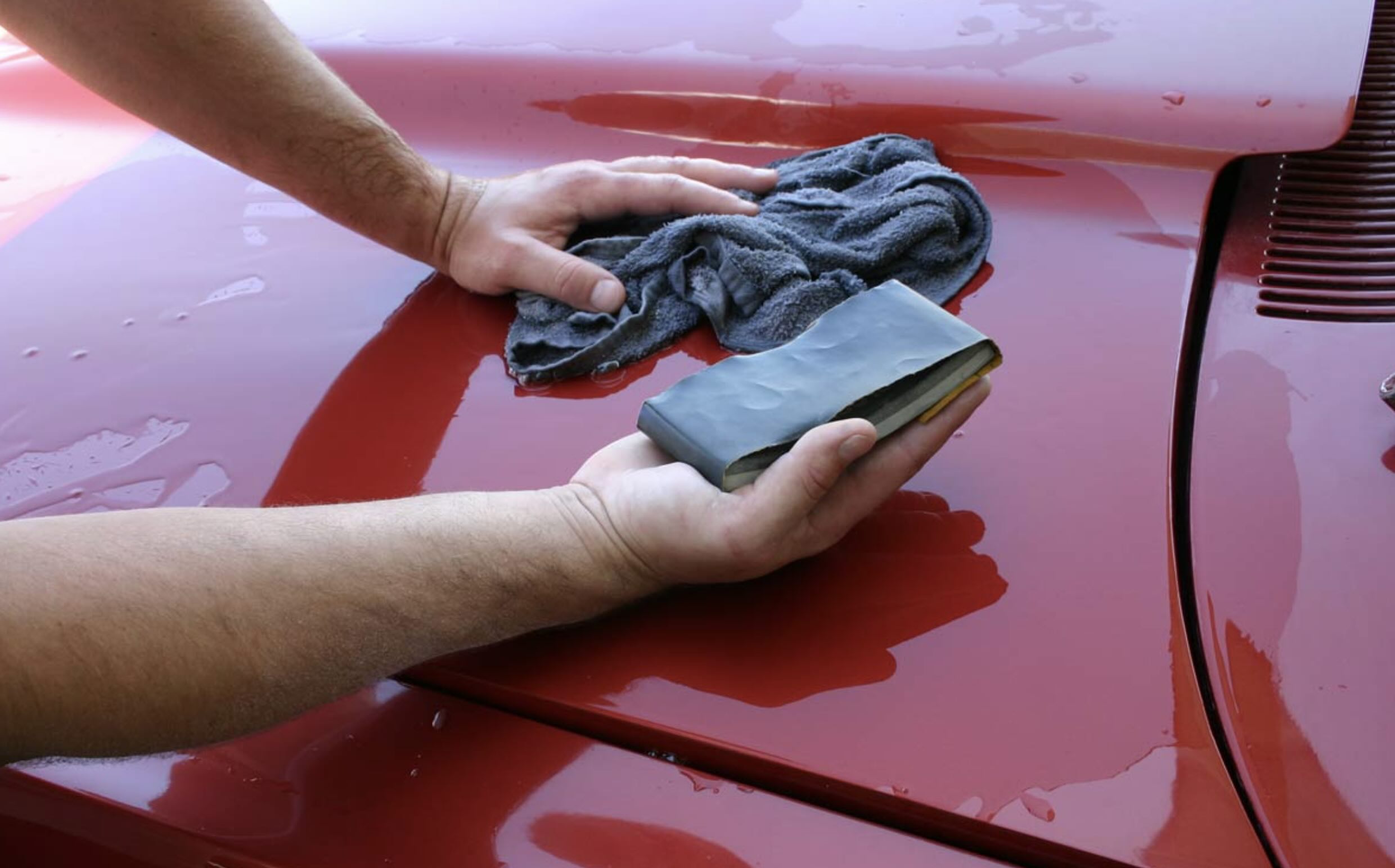

0 thoughts on “How To Remove Paint From Car Windows”